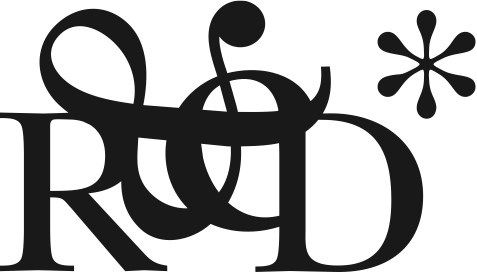Quality over Quantity
By Oliver Watson, edited by Elisabeth Ginsberg
Starting from a few big ideas, rather than many small ones
In his book The Principles of Art, the philosopher R.G. Collingwood gave voice to a common truism about probability:
“If a monkey played with a typewriter for long enough, rattling the keys at random, there is a calculable probability that within a certain time he would produce, purely by accident, the complete text of Shakespeare.” [1]
Like many thought experiments, this “infinite monkey theorem” (as it is now known) is intended to demonstrate how a certain logic can lead us to absurdity when taken to its extreme: the incongruity of the theorem lies precisely in how complex and coherent Shakespeare’s works are. In reality, it is impossible for us to imagine them as randomly generated pieces of text.
One of the most celebrated examples of Shakespeare’s genius is the use of the soliloquy in Hamlet. Through these speeches, the audience is invited into the prince of Denmark’s brilliant but besieged mind as he attempts to make sense of the dreadful circumstances fate has placed him in. Hamlet’s soliloquies revolutionized the revenge tragedy, opposing the fury and retribution that previously characterized the genre with the complexity of intellect, self-criticism, and doubt. One might say that the soliloquies are Hamlet’s “big idea,” guiding the play’s narrative and breaking up its different phases. They have even been described as the play’s organizing principle, which “clarifies its larger structure and meaning.”[2]
Through science and technology—as well as art and literature—history has shown us that profound creativity and innovation often unfolds around a “big idea.“ According to the historian of science Thomas Kuhn, each major leap in scientific thinking is precipitated by a “paradigm shift,” whereby one or two novel concepts or patterns of thought fundamentally destabilizes a broader web of scientific theories and practices. The paradigm shifts that Kuhn contemplates, such a Copernicus’ heliocentric theory of the solar system, often shattered mankind’s most firmly held convictions about the cosmos. But Kuhn also stressed the creative power of paradigm shifts, which seeded new directions for thought and innovation, and generated new sets of questions that science could legitimately try to answer.
The “big ideas” at the center of these shifts have repeatedly brought science to its knees, only to “lay the foundation for its further practice.”[3]
Collingwood’s aphorism about monkeys and typewriters served only to highlight its absurdity. And yet, the central idea—that with enough quantity, quality will emerge—has been prevalent in business thinking for over half a century. The hypothesis is engrained in the very principles of brainstorming, as set out by its inventor Alex F. Osborn:
“It is almost axiomatic that quantity breeds quality in ideation. Logic and mathematics are on the side of truth that the more ideas we produce, the more likely we are to think up some that are good.” [4]
In our experience, as with art and science, creative business thinking flows best when it pivots on a “big idea”—a “structural design,” or a “paradigm.” Like Kuhn’s scientific revolutions, breakthrough innovation in business most often results from a core idea that offers to redefine the way in which we approach a marketplace, a consumer, or a product. Without these guiding principles to direct and regiment our thinking, the quality of our ideas is left to chance.
References:
[1] R.G. Collingwood, The Principles of Art, 1958.
[2] Alex Newell, The Soliloquy’s in Hamlet: The Structural Design, 1991.
[3] Thomas Kuhn, The Structure of Scientific Revolutions, 1962.
[4] A.F. Osborn, Applied Imagination: Principles and Procedures of Creative Problem Solving, 1963.
[Banner image by Jan Kahánek, via Unsplash]
